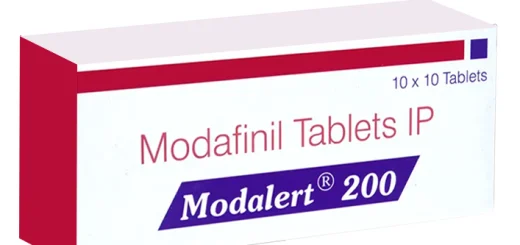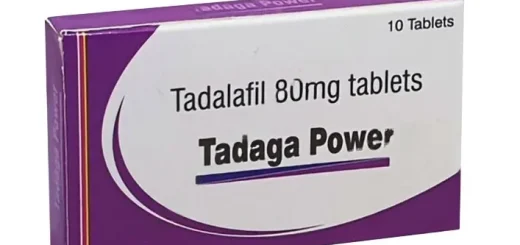Types of Narcolepsy: What Are the Differences?
Narcolepsy is a long-term brain problem that makes it hard for people to control their sleep-wake cycles. People who have narcolepsy often feel too sleepy during the day and may fall asleep without warning. There are two main types of narcolepsy: Type 1 and Type 2. Besides these, there are also some less common kinds. Knowing the differences between these types can help with identification and treatment.
Type 1 Narcolepsy
Definition
Narcolepsy type 1 (formerly called narcolepsy with cataplexy) causes people to be too sleepy during the day, have cataplexy, and have other symptoms linked to abnormal REM (rapid eye movement) sleep.
Cataplexy
Cataplexy is a rapid loss of muscle tone that can happen when you are feeling very angry, shocked, or laughing. This could lead to slurred speech, weak knees, or even passing out while still being awake.
Hypocretin Deficiency
Hypocretin, which is sometimes called orexin, is a protein that controls how awake you are. Hypocretin levels are often low in people with Type 1 narcolepsy. You can help with the diagnosis by checking the cerebrospinal fluid for hypocretin levels.
Diagnosis and Treatment
The medical history, sleep tests, and hypocretin level studies are usually used together to make a diagnosis. As part of treatment, antidepressants may be used to treat cataplexy and stimulants or agents that promote wakefulness may be used to fight afternoon sleepiness.
Type 2 Narcolepsy
Definition
Type 2 narcolepsy, which used to be called narcolepsy without cataplexy, also causes people to sleep too much during the day, but they don’t have cataplexy.
Symptoms
People with Type 2 narcolepsy are just as sleepy during the day as people with Type 1, but they don’t have cataplexy. They may also have sleep paralysis and dreams, though these are usually less severe.
Hypocretin Levels
In Type 2 narcolepsy, hypocretin levels are usually normal, but not in Type 1. It’s not completely clear what causes Type 2 narcolepsy, but it’s thought to be a mix of genetic and environmental factors.
Diagnosis and Treatment
Tests of hypocretin levels are not needed to diagnose Type 2 narcolepsy. Overdosing on daytime sleepiness is often treated with drugs like provigil or armodafinil, along with changes to the person’s lifestyle to allow better sleep.
Other Subtypes or Variants
Narcolepsy in Childhood
Children can also have narcolepsy, though their signs may be different. Disturbed nighttime sleep, restlessness, or behavioral problems in kids can make it hard to diagnose.
Secondary Narcolepsy
Some brain injuries, like tumors, strokes, or blows to the head, can cause this type of narcolepsy. The symptoms are similar to those of primary narcolepsy, but they are due to something else.
Idiopathic Hypersomnia
Similar to narcolepsy, idiopathic hypersomnia is a sleep disorder that causes excessive daytime sleepiness without any of the distinctive narcolepsy symptoms, like cataplexy or abnormal REM sleep. It needs different ways of diagnosing and treating it.
Conclusion
Narcolepsy is a complicated illness that has many types and subtypes. Hypocretin insufficiency and cataplexy are signs of Type 1, but cataplexy is not present in Type 2. To get a correct diagnosis and good treatment, you need to understand these changes. Moreover, it is important to talk to a medical provider.











